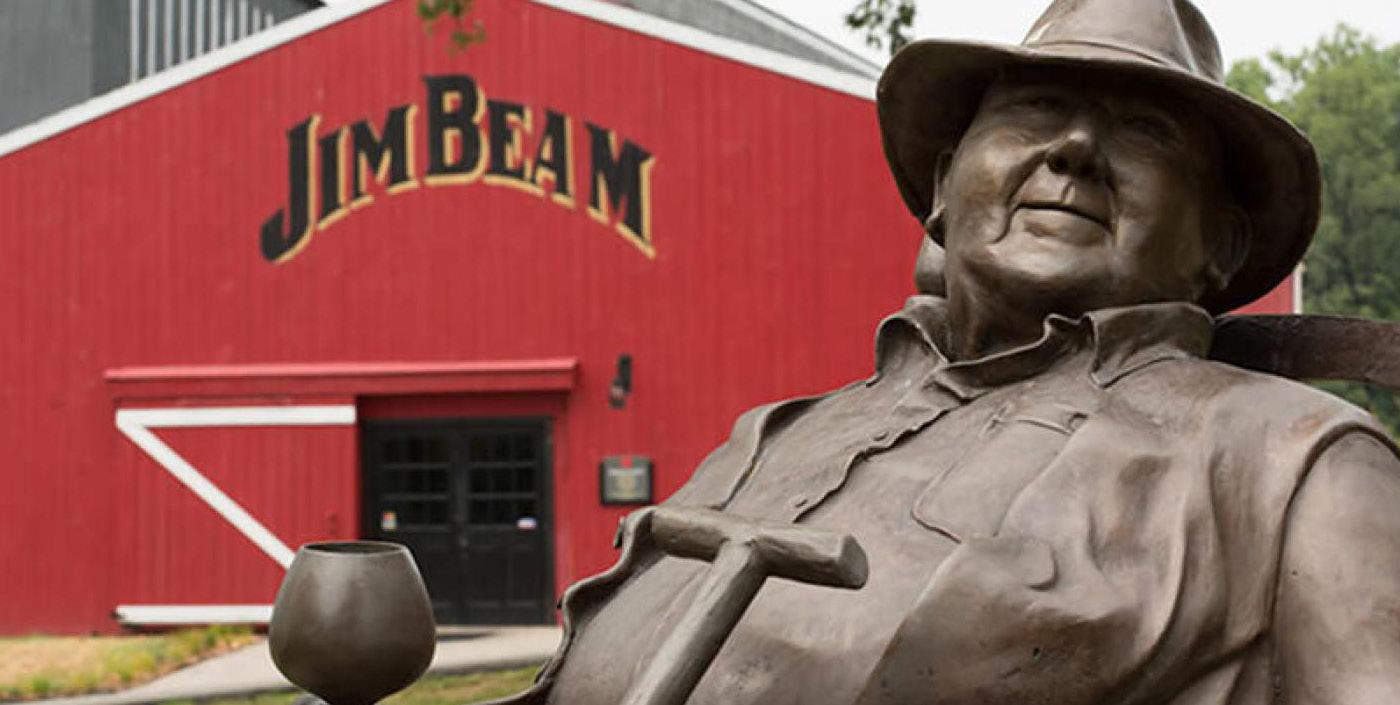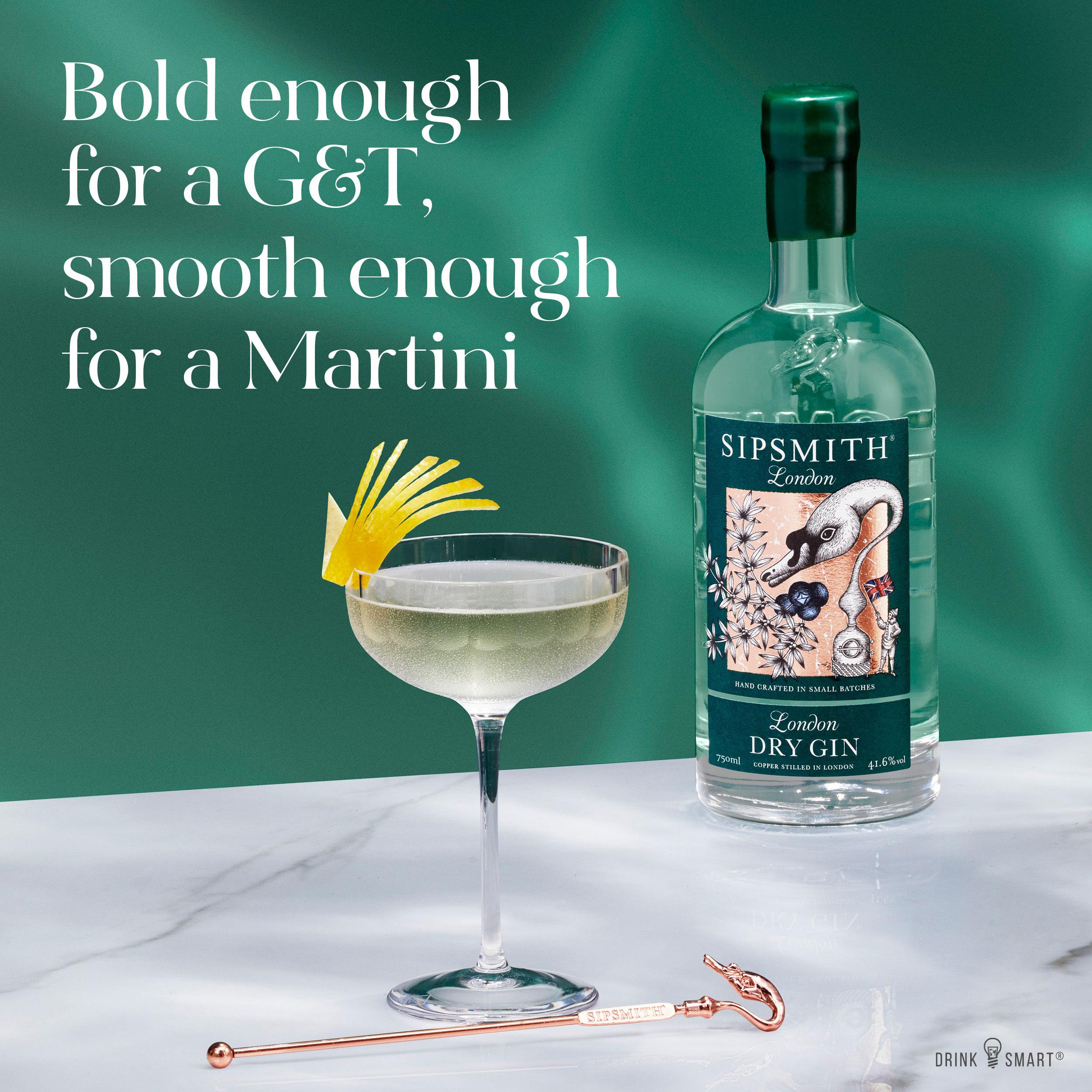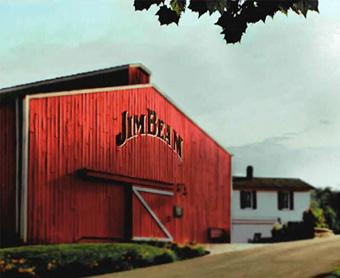
2 minute read
10 Fun facts about JIM BEAM
The Beam family is THE FIRST FAMILY OF BOURBON.
In 1830, farmers used to SHIP THEIR WHISKEY IN USED FISH OR VINEGAR BARRELS, however they found that the liquid was being exposed to this flavor so to prevent this they decided to char the insides of the barrel to purify the wood.
Advertisement
There is an angel’s share as well as a devil’s cut in the bourbon aging process. As time goes on due to evaporation some of the bourbon is lost from the barrel – this is known as the ‘angel’s share’, whilst the remaining bourbon that has moved in and out of the barrel walls during the ageing process can be extracted, and is what we call “Devil’s Cut®.”
After prohibition, James B. Beam rebuilt the distillery in only 120 DAYS at the age of 69.
The Jim Beam distillery produces more than 90 MILLION BOTTLES annually from their operation in Clermont, Kentucky.
Jim Beam recently filled it’s 18 millionth Barrel
The Jim Beam mash bill has stayed the same for over 200 years, meaning the same corn-rye barley trifecta that constituted the first spirits of industrious farmers in the late 1700s hasn’t been changed.

Booker Noe created the small batch whiskey revolution. He introduced Booker’s®, his name sake, the first small-batch Bourbon from Jim Beam® in 1988. It’s made the stubborn, old fashioned way: hand-made, uncut and unfiltered.
James B. Beam (Jim) used to take a jar of the family’s special strain of yeast home for safe keeping, just in case there was ever a fire at the distillery.
Jim Beam was the first distillery to reopen post prohibition in the USA.

Aquick search on Google gives the definition of a Highball as ‘a drink consisting of a spirit, usually whisk(e) y, and a mixer like soda water served with ice in a tall glass’. For most bartenders, as they’d know, the Highball would form the majority of their spirit based drinks, but is there more to this common creation than meets the eye and how did it come about? The drink may be simple but the story of the Highball is quite complex.
What we do know is that this type of concoction came from the early Scottish and Irish whisk(e)y drinkers who would on occasion mix their whiskies with soda water to form what we now call the Highball. But where did the term Highball come from? The origins are not fully known and can be traced back to a few different countries. One theory is from early Wild West America, where through prohibition and well into the 50s and 60s where soda water made way for ginger ale. As more people began to pick up a beer or a cocktail over the one mixer, the Highball began to dip in popularity by the 1970s.
After WW2 the Highball resurged as one of the premier drinks in the U.S. with many soldiers still stationed over in Japan ordering the concoction religiously causing most Japanese bars to put the drink on their menu.
At this time the drink was still predominantly mixed with soda water and the Japanese, as they do, went about perfecting this form of the Highball, becoming a hit with the Japanese population. Most notably the father of Japanese whisky, Shinjiro Torii, latched onto this craze and by 1955 had set up a number of bars across Tokyo and Osaka known as Tory’s bars, the preeminent venue for the best Highballs in Japan.










